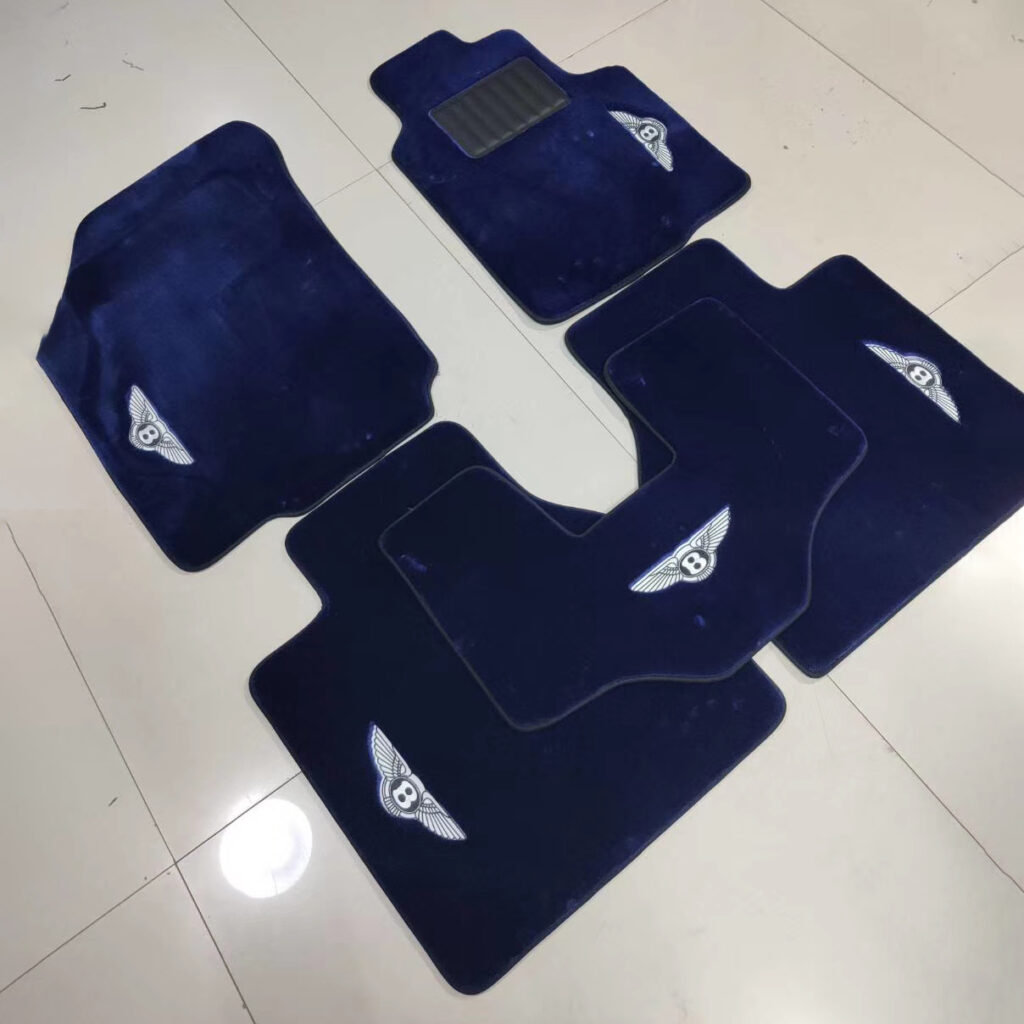As cities continue to develop and car penetration rates increase, people are becoming more and more interested in driving experience. In this process, the degree of quietness in the car has become a matter of great concern. Drivers and passengers hope to have a relatively quiet environment in the car, because when the car is driving, the sound of the engine, wind, tire noise from tires rubbing on the road and other external sounds interfere, and the car will become rumbling. ring. At this time, many people will consider: Can existing cars improve this situation by installing sound insulation materials?
In order to answer this question, we first need to have a clear understanding of where the sound comes from. When a car is driving, the running of the engine, the wind speed caused by the speed, the vibration of the road, and even the driving sound of other vehicles may become factors that affect the quietness in the car. These sounds are transmitted into the car through the body and can make the people inside the car feel irritated.
To improve the sound insulation in the car, we need to understand the types and functions of sound insulation materials. Sound insulation materials are mainly divided into two types: sound-absorbing materials and sound-insulating materials. Sound-absorbing materials are mainly used to absorb sound waves and reduce the propagation and reflection of sound. They are usually used in interior parts. Generally, car floor mats with higher thickness can help reduce sound. For example, the carpet floor mats produced by CAR FRIEND are 18mm thick. Can achieve sound insulation under the car. Sound insulation materials focus more on reducing sound transmission and are often used in vehicle body structures.
Modern car manufacturers often consider sound insulation in vehicle design, so new vehicles usually have some sound insulation measures. These measures may include the use of sound-deadening materials in the body structure, specially designed glass to reduce wind noise, and the use of sound-absorbing materials in the engine bay and interior spaces.
However, for older cars, the vehicle structure and sound insulation performance may weaken over time. This is when installing soundproofing materials becomes a viable option. By adding sound insulation materials to the doors, roof, bottom, etc., you can effectively reduce the transmission of external noise and improve the quietness inside the car.
Be aware, however, that soundproofing is not a one-and-done solution and depends on the quality of the soundproofing materials used and where they are installed. Also, the selection and installation of soundproofing materials can be costly. When considering whether to install soundproofing materials, car owners need to weigh the effectiveness of soundproofing against cost.
For some car owners who like to modify their vehicles, DIY installation of sound insulation materials may be an option. But for complex body structures and sound insulation projects, professional installation services may be more reliable to ensure that the sound insulation effect can be maximized.
With the continuous advancement of technology, new sound insulation materials are also constantly emerging. Some advanced sound insulation technologies can not only effectively reduce noise, but also improve sound insulation performance while maintaining lightweight, providing car owners with more advanced and sustainable sound insulation solutions.


